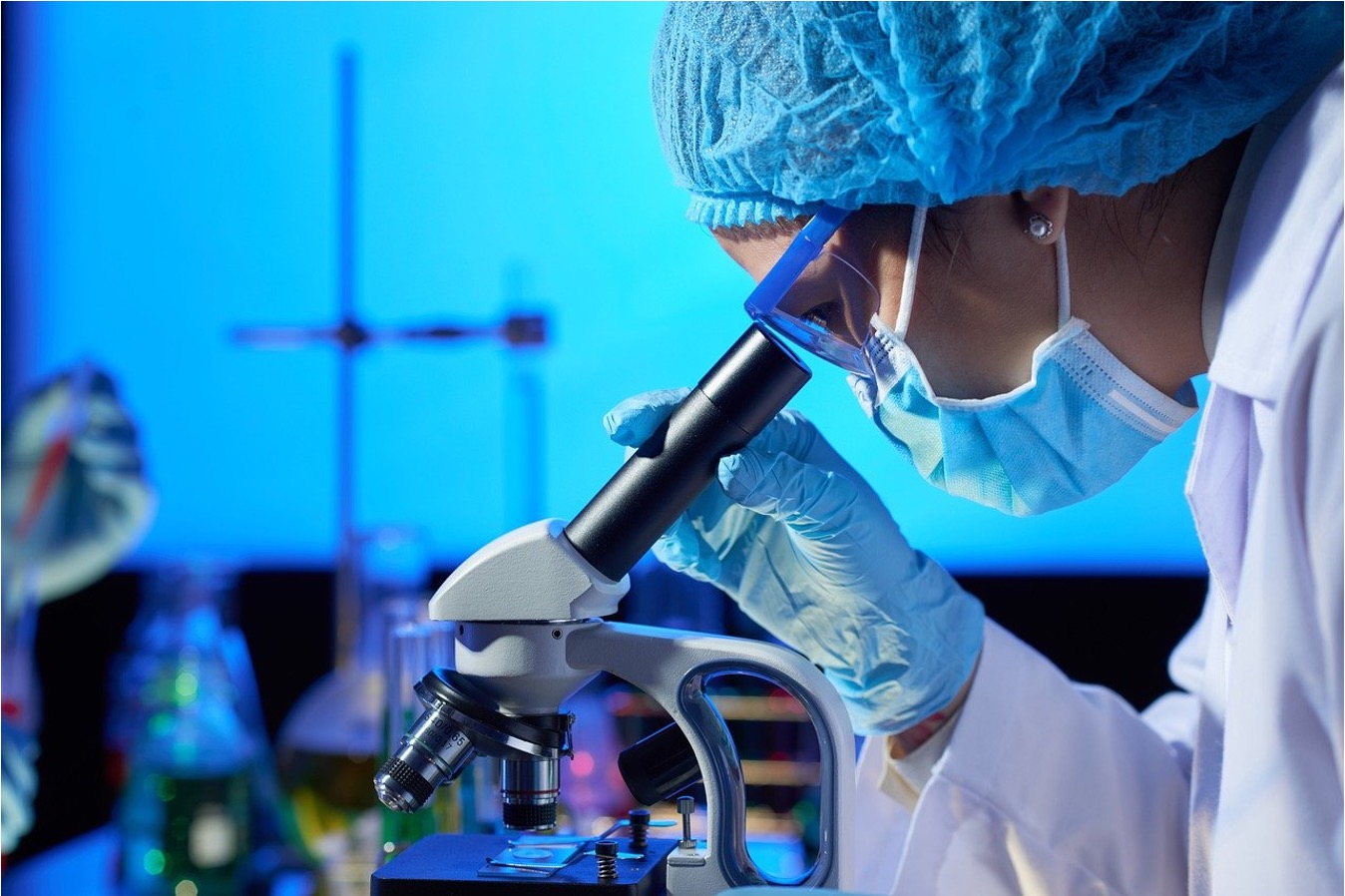



The rapid development of immunology has brought many new thoughts and ideas for clinical immunology assays. In the era of clinical pathway management, personalized medicine, and precision medicine, the clinical laboratory testing and management system consisting of immunoassay reagents, instruments, quality controls, and software need to offer better service to the clinical application.
Several key questions remained to all IVD companies such as how to catch up the trends and changes immune equipment and reagents accurately, to establish more sufficient pathway of clinical immunoassay, to integrate the concepts to the pathway management, to promote the application of personalized medicine and precision medicine, and to develop the proper technique and products required for clinical application.
1 Development of Immunoassay Technology
Throughout the history of the entire immunoassay development, it could be roughly divided into the classical immunoassay period, the modern immunoassay period, and the automated immunoassay period; and it is currently entering the period of intelligent immunoassay.
1.1 The Period of Classical Immunoassay
Classical immunoassay techniques included immunological precipitation, immunological agglutination, and complement fixation. At present, immunological agglutination and immunological precipitation are still applied in clinical laboratories.
Immunological Precipitation
Immunological precipitation includes one-way immunodiffusion, two-way immunodiffusion, immunoelectrophoresis, immuno-transmission turbidimetry, and immuno-scatter nephelometry. The development of the immunological precipitation reaction at this point could basically be considered as the development stage of classic immunological precipitation. The so-called classical immunological precipitation was limited not only by a narrow measurement range (10-100 ug/ml) and low sensitivity but also by tedious and time-consuming operation and unable to be automated. Therefore, based on the principle that antigens and antibodies can quickly bind to each other in the liquid phase, micro-immunological precipitation was invented, namely, immuno-transmission turbidimetry, immunolatex turbidimetry, and immuno-scatter nephelometry. These turbidimetry methods have been used for the determination of specific protein content in clinical body fluids; there were now a variety of automated instruments used in clinical testing, especially for immuno-scatter nephelometry.
Immunological Agglutination
Immunological agglutination included direct agglutination, indirect agglutination, and autologous red cell agglutination assay. No specific instrument was required by the classic immunological test technology, which was based on immunological precipitation and immuno-agglutination reaction, except for immuno-turbidimetry. It was simple and convenient for operation, and by some specific measurement methods, even for nowadays, there is still a certain application. Nonetheless, the limitations of immunoassay technology based on immunological precipitation and immunoagglutination were still obvious, such as low detection sensitivity, qualitative determination for most items, etc. These defects greatly limited its application in pathogens detection, determination of biologically active substances in body fluids, and quantitative detection of immunoassay markers.